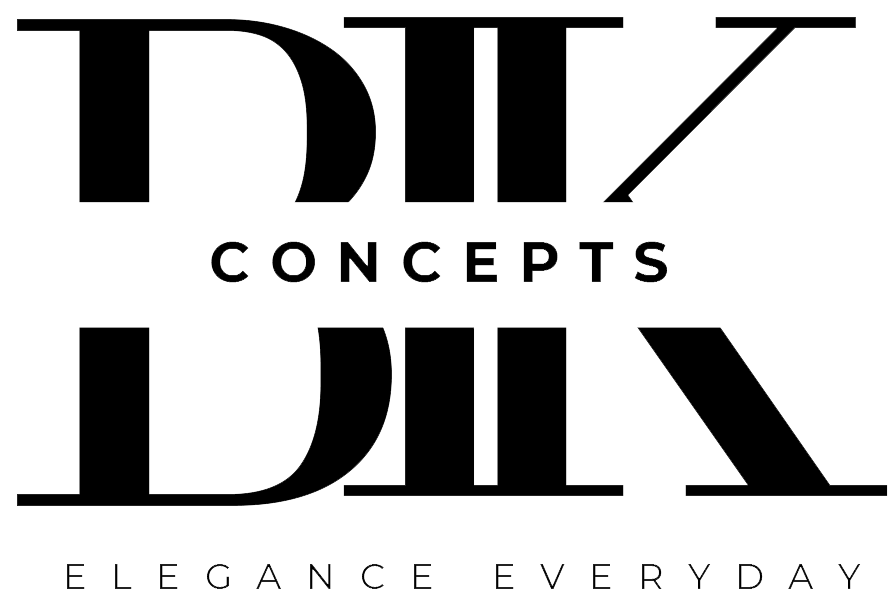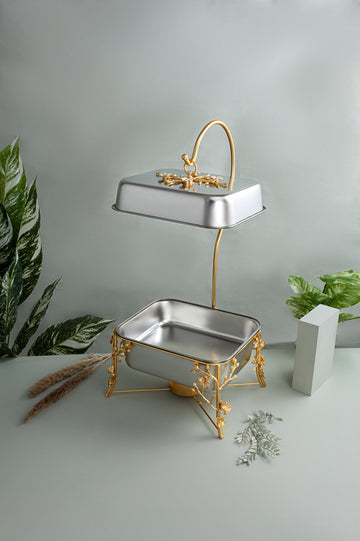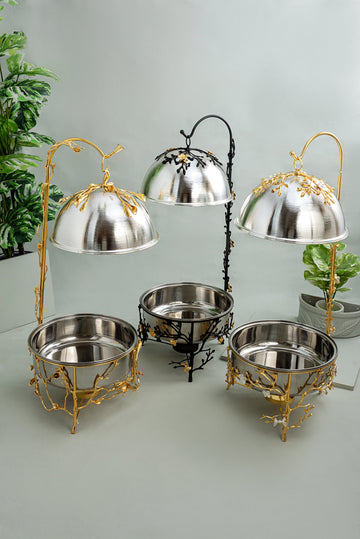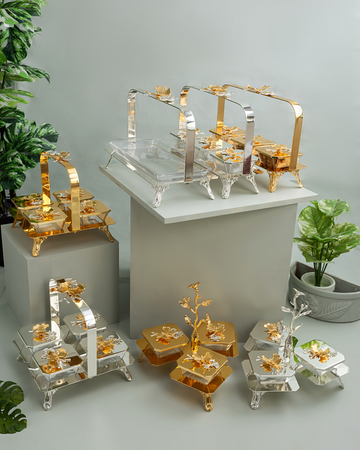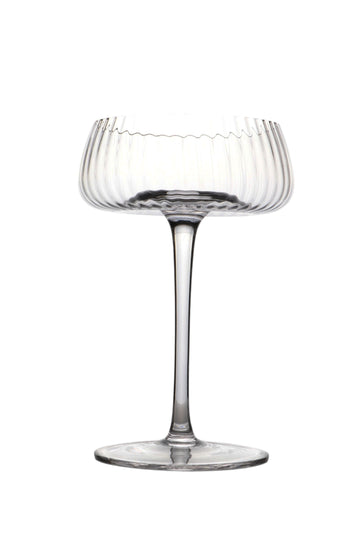Folks commonly employ "dinner plates" to label the wide-glazed circular dishes used to serve the main food items despite individual variations among manufacturers. The production industry adopts standard and steady measurement standards. Modern dinner plate standards establish a size range of 10 to 10.5 inches for the Woodnorth Industries product line. Restaurant and continental designs measure 11 inches because they provide space for large upscale dining portions. Standard dinner plates typically measure 9 to 12 inches in diameter. Plates that measure less than 9 inches should be used for lunch and salads, whereas larger plates measuring more than 12 inches function as underneath chargers to decorate food plating.
A Brief History of Dinner Plate Sizes
The customary dinner plate measurement remained at less than 9 inches throughout the 18th and 19th centuries. When prosperity and culinary trends evolved particularly in North America the typical dinner plate dimensions expanded progressively. Synthesized dishes achieved 10-inch dimensions during the 1970s. In the past twenty years many premium set dinner plates have adopted an 11-inch diameter to match both restaurant portion sizes and guest expectations of portion quantity. Examining plate design history enables you to pick items that harmonize with existing modern dishes and conventional serving styles.
Why Standardization Matters in Home Kitchens
Eating with standard dinner plate dimensions helps with both food arrangement and storage organization along with controlling serving portions.
The presentation looks appealing and professional when cooking recipes are served on plates that maintain standardized proportions.
Cabinet and dish rack organization become more efficient since each stack contains one type of plate with corresponding diameter dimensions.
Numerous studies demonstrate that consumers consume more food from extra-large dishes. People who use plates measuring 10 inches for dinner will experience spontaneous caloric restriction without needing to operate with measurements.
The process of determining dinner plate size measurement
Insert a bendable tape ruler onto your working surface so you can measure the dinner plates while they lie flat. The measurement should go straight across the plate width even if it extends to the decorative trim. A dinner plate measures one plate size in measurements of both inches and centimeters. Check multiple plates in your household to identify normal measurement variations yet distinct product sizes should exceed half an inch in diameter.
People must select appropriate plate diameters that match their household requirements.
1. Family Style Meals
Hosts who serve buffet spreads and large household members find the most benefit in using plates sized between 10.5 inches to 11 inches. Every serving space on the plate can contain proteins along with vegetables and grain components thus eliminating the requirement for additional trips to the kitchen.
2. Portion-Conscious Dining
Those interested in maintaining portion control at dinner prefer 9.5 to 10-inch standard plates for their dining dishes. A dinner plate with this dimension works very well for equipment including compact dishwashers and smaller countertops.
3. Presentation
Food enthusiasts who desire artistic plating of sauces and garnishes tend to select a plate that measures 11 inches. Enough space in the dish allows food design to stay clear of overcrowding.
Material and Rim Style Impact on Perceived Size
The useable portion of ceramic and porcelain plates decreases substantially because a raised rim extends out of the eating area by at least one inch. The eating space appears larger when using sleek coupe-style melamine plates because they feature zero rims yet retain the standard dinner plate dimensions. Coupe-shaped plates create abundant plating areas without needing larger storage space. This elegant design serves as a good solution for those seeking additional food display space without enlarging storage capacity.
Balancing Dishware With Kitchen Storage
Open the dishwasher and cabinet before buying a new set to check if they offer enough space. Standard dishwashers process plates that reach a maximum of 11 inches, yet older models restrict their size to 10.5. The distance between your cabinet shelf and the plate edge should be known because plates too close to the cabinet edge can block door movement.
Quick Checklist for Smart Shopping
- Measure your maximum plate diameter by combining the cabinet depth and dishwasher rack width dimensions.
- Determine the rimmed or coupe style of plates you require for standard dining.
- The stacking capabilities of your kitchen depend on stoneware height; a higher vertical compartment requirement exists for thick banquetware.
Portion Control and Health Considerations
Large platters with plate-size illusion create an optical illusion that trick people into consuming more food. Whenever someone aims to control their calorie consumption through portion control the standard dinner plate measurement advised by nutritionists comes in at 9.5 to 10 inches. Using plates of smaller sizes creates an instant visual indicator which helps people measure proper amounts of protein and grain and vegetable portions.
Dinner Plate Sizes in Formal Versus Casual Settings
• Formal Dining
Catering establishments use 11- to 12-inch dinner plates as part of their plating presentation. During holidays the expanded plate size makes an impression at family feasting events because presentation stands as the main focal point.
• Casual Everyday Use
Standard dinner plates measuring 10 inches match homes requiring comfort when eating lunch or dinner with machine-washable durability and enough space for filling with sizable portions.
The appropriate care method for different plate sizes requires attention.
Plates with larger diameters have a greater risk of chipping because the distribution of mass centers in relation to the plate's edges is uneven. Extra space should exist between dishwasher items when loading, and larger plates must not be positioned under smaller ones because this makes pressure points occur. Basic storage requires using silicone or felt separators between porcelain items to protect them against cracking and prevent scratches.
Sustainable Considerations
People who care about the environment should carefully select the appropriate dimensions for their dinner plates. The production of smaller plates needs lower quantities of raw materials and less intense firing requirements besides having reduced shipping weights. High-quality dinner plates with modest diameters represent an environmentally-friendly option when sustainability serves as your primary concern.
Key Takeaways for Home Cooks
- The typical dinner plates currently measure between 10 to 10.5 inches but formal dining models often use 11-inch plates.
- Dinner plate dimensions can be measured by examining the widest portion of the plate.
- When wanting additional food area but keeping the same overall width you should select coupe designs without rims.
- Before buying big dish sets check your space constraints for dishwasher and cabinets.
- Dinner plate measurements between 9.5 to 10 inches offer an unobtrusive way to promote appropriate food portions without diminishing your presentation quality.
Learning about dinner plate size changes enables you to pick the best dinner plate set based on presentation and appetite needs.
